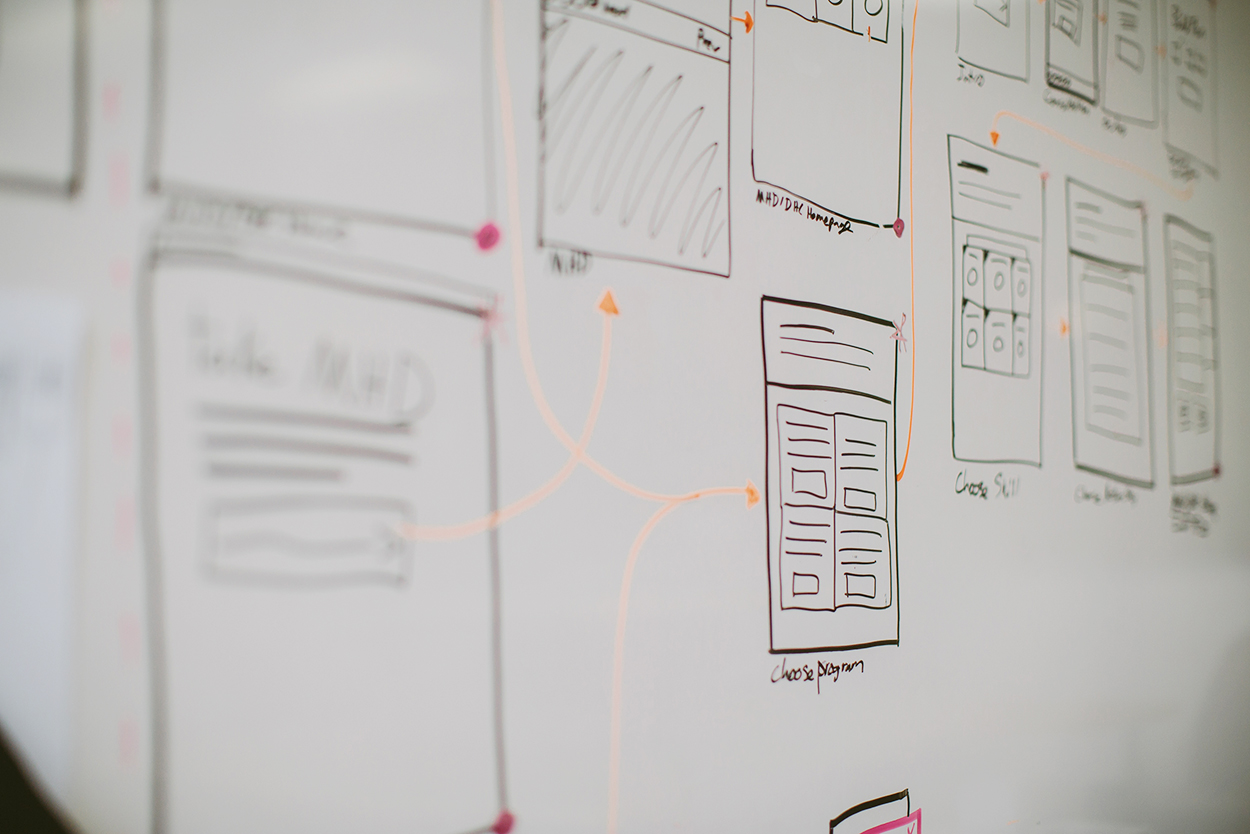“Well, that sounds like a ‘design’ problem.” It’s a phrase I’ve heard many times in my career. I used to love it. There was a unique challenge, and everyone was relying on designers to find the solution.
But recently, it’s started to dawn on me that this phrase has not been used appropriately, or rather, fairly. It’s used by business leaders when they don’t want to change aspects of their business model or offering. It’s used by developers when they don’t want to change existing parts of their codebase or structure. Sometimes, it’s actually about a lack of resources for understanding user goals and requirements.
Design Is Not Just for Designers
A major misconception around software design is that the only “design” we see is visual design. In fact, design decisions come in many forms, for example:
- How a business operates, its product or services offerings, employees, hierarchy, physical or digital location, brand, etc. have all been designed to be that way.
- How a developer chooses a code stack, architects the codebase, decides on external API integrations, etc. are all decisions that have been made and designed.
Design is a toolset and a practice of decision making, and it involves everybody. When we say “it’s a design problem,” we are implying that visual design or UI can fix the way the business, architecture, and/or engineering were “designed.”
Visual Design Is an Extension of What Already Exists
Design is not magic. Design is a mindset that seeks to understand user goals, processes, and mental models. We take those inputs and map them to a UI that allows them to do their job effectively.
But if what the user needs in a UI doesn’t match the reality of a codebase or a business infrastructure, saying that it’s a “design” problem is going to make significant changes nearly impossible.
Design Everything Together
As a design, development, and business team working on a project, we all must work effectively together. At Atomic, we don’t work in silos, handing off that part we are responsible for and forgetting about the project. The User Experience and User Interface are aspects of the design (often the most visual). But being willing to change business design decisions or development design decisions allows for the most flexibility, and ultimately, the best results.

